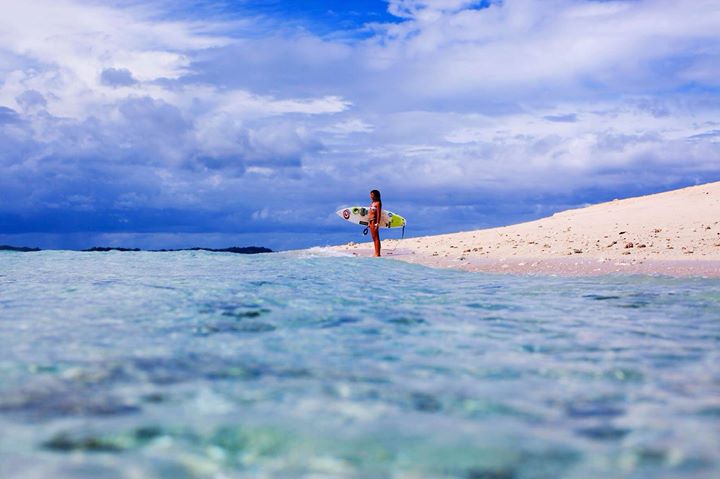If you have your sights set on surfing in Fiji at Namotu Island, you are probably aware of the common weather wisdom: Any time is good to catch a wave, but winter from April-October offers the best and most consistent swells that create the best waves. When you are here, you will be more interested in the day-to-day variations. Fortunately, there are many sources of information you can check for an accurate Fiji surf report and swell forecast.
Sources For Fiji Surf Reports
You can find good overviews of surfing conditions at Surfermag.com, Magicseaweed.com, and Surf-forecast.com, but one of the best tools for keeping up with the forecast is Surfline.com, which provides detailed reports, regional forecasts, spot forecasts, charts, buoys, and maps for the top surfing sites in the world, all based on a computerised model called LOLA.
For most people, a trip to Fiji is not an impulse trip, so you want some assurance that you will have some excellent surfing days. With a premium membership to Surfline.com, you can see a 17 day forecast that might help you in planning a trip. The website information can be customised if you buy a monthly ($13) or yearly membership ($70). There is even a smartphone application and an rss feed to keep you up to date.
Evaluating A Good Wave
To understand a surfing report, it’s important to know some weather terminology. You can find an extensive list of terms at Surfing-waves.com, but you need to know how to interpret a forecast:
• Swell: Consistent waves are due to swell, which are a series of waves generated by a distant weather system and influenced by wind velocity, wind area (fetch), and duration. In Fiji, southern swells from the Tasman Sea moved toward the natural land features and produce waves up to five metres.
• Surf breaks: When a wave hits an obstruction from rocks, coral reefs, headlands, or shoals, it forms a barrelling wave that can be surfed before it collapses.
• LOLA Surf Height: For an experienced surfer, a higher wave is considered more challenging and "better."
• Predicted Wind: The best wind for surfing is a light offshore wind that will smooth out the face of the wave and keep it high. Onshore winds will break the wave so it is unsurfable.
• Tide: Tides are an increase or decrease in sea level as a result of the gravitational pull of the moon and sun.
Fiji, especially the south side near Namotu Island Resort, offers an ideal location for a great surfing experience with high-quality waves, comfortable water temps, great weather, and minimal local winds. Book a trip now!

